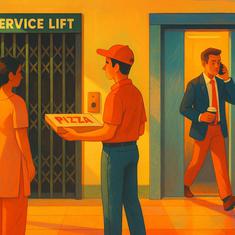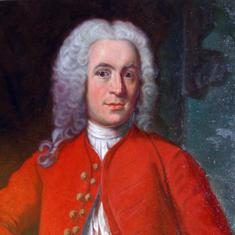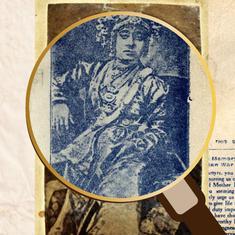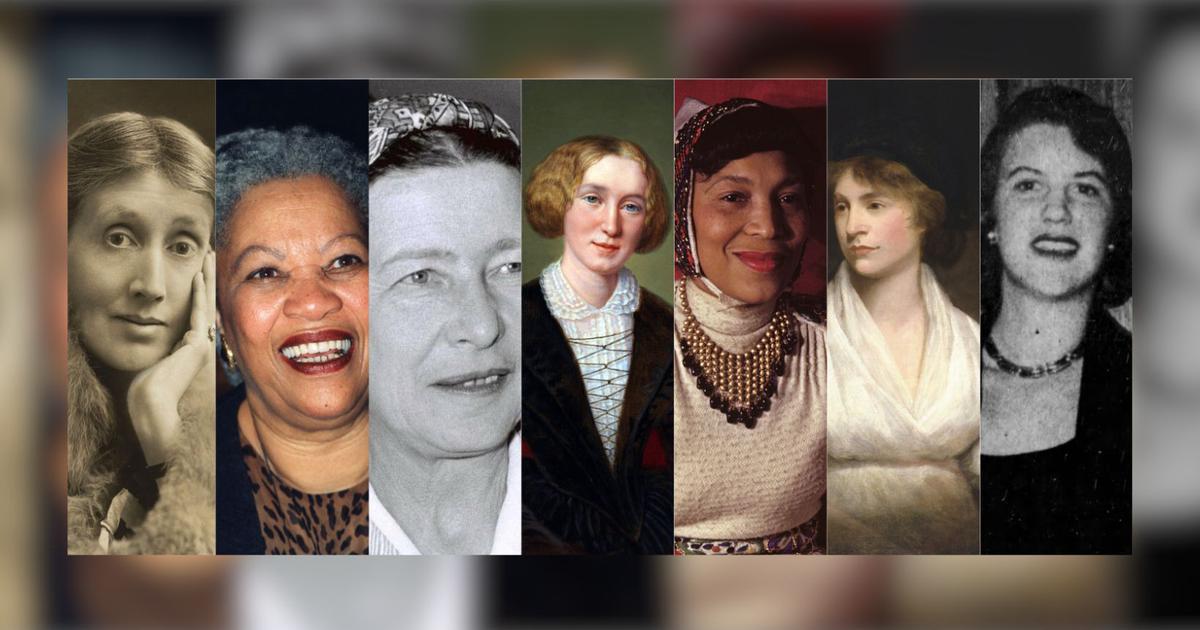“Toni has become an ancestor, the way Wollstonecraft was for Eliot, Eliot was for Woolf, Woolf for Plath, someone women use to encourage one another when our lives don’t fit conventional shapes.”
What is it about books that makes us feel so possessive about them? Or about writers that embolden us to think of them as an “ancestor”? Why do we feel so moved by stories? Why do we seek advice from fictional characters? Why do we read stories about imaginary people who lived many, many years before us? Why do we read?
These questions knock on a reader’s mind every time they find themselves in the company of a great writer or a great book. The immediate connection that one feels with lives separated by great swathes of time and space is nothing short of magic. The human mind is capable of remarkable brilliance, and our limitless imagination is perhaps our greatest gift to ourselves.
Re-reading favourites
In Joanna Bigg’s book A Life of One’s Own, she revisits her relationships with eight women writers and the essential ways their works – and lives – shaped her life. After a complicated divorce and starting over in a new country, Biggs found that her creative reservoir had been significantly depleted. Her work demanded that she be around books, to read and write voraciously, still, it was difficult to work with professional precision during a period of personal upheaval. The best – and only – way out of this funk was to reread books and writers Biggs had read in her youth, to read them again with a fresh pair of eyes, new experiences, and with a more evolved understanding of human relationships.
Biggs realised that it was not only her who had changed, but the authors too. She was struck again by the timelessness of their works – so complete yet inventive that they always felt new no matter when she read them. The author charts her own journey – quite similar to many of us – with these writers: she read them first in school and university syllabus and didn’t appreciate them fully, read them again to better understand them, and read them once more when her heart called out to these books, somehow knowing that they were what it needed.
Mary Wollstonecraft, George Eliot, Zora Neale Hurston, Virginia Woolf, Simone de Beauvoir, Sylvia Plath, Toni Morrison, and Elena Ferrante are the eight compasses of creativity and rebellion in Biggs’s life. The ninth woman writer is, of course, Biggs herself. As a writer desperate to “begin again” – in every sense of the word – she looks back at the lives of her “ancestors” who began again several times over following serious professional, social, and personal setbacks.
Biggs revisits their most iconic works (including poetry in Plath’s case) to understand the genesis of their creative voice. Why did Mary Wollstonecraft feel compelled to demand equal rights for women? Why was George Eliot so fond of Jane Austen’s social romances? Why does it take several readings of Virginia Woolf’s fiction to get them? What was it like for Zora Neale Hurston to be the first professional Black woman writer? These questions yield answers only when the reader cares to engage seriously with her author.
However, one must not forget that in addition to being writers, these were also women who were trying to make the best of the times that they were living in. It was not easy (never is), and almost all of them stress the importance of financial independence, marrying wisely (if at all), and creating meaningful relationships with other women. This is good advice for any woman, no matter what century she is living in. One must also remember that history has been unkind to poor women, coloured women, and single women. It has been doubly unkind to queer women and women with mental health problems. The freedom and visibility that women enjoy now are the fruits of great pain and endurance.

Starting over
There is something remarkable about a woman deciding she’ll write under her own name, to write for a living, to know that she’s better than her male peers and not be cowed down by their bullying. Every writer on Biggs’s list is an example of this. Fending off creative depression and precarious living conditions, Toni Morrison wrote in her poorly heated apartment, Zora Neale Hurston died in penury, and George Eliot wrote under a male pen name to avoid sexist scrutiny.
Biggs does not simply jot down these biographical details but superimposes them over her own life. The immediate feeling upon getting a divorce is relief and liberation, but soon, it is assuaged by feelings of loneliness. She has no particular affinity for motherhood but transforms into a dutiful caregiver of her elderly mother. Like many women straddling personal and professional ambitions, she wonders if it is possible to be intellectually and creatively free if one is tied down by domestic duties. There’s only one answer to her many dilemmas: “I needed to remind myself that starting out on my own again halfway through life is possible, has been possible for others.”
The book is divided into chapters after the eight women writers, with each chapter also doubling up as Biggs’s micro memoir (in addition to quick biographies and analyses of some of their works). The kinship that she feels with these writers – and manages to evoke in her readers – is born not only from the love for their works but also from their private lives, which remind us of the many paths to redemption and starting over.

A Life of One’s Own: Nine Women Writers Begin Again, Joanna Biggs, W&N.










